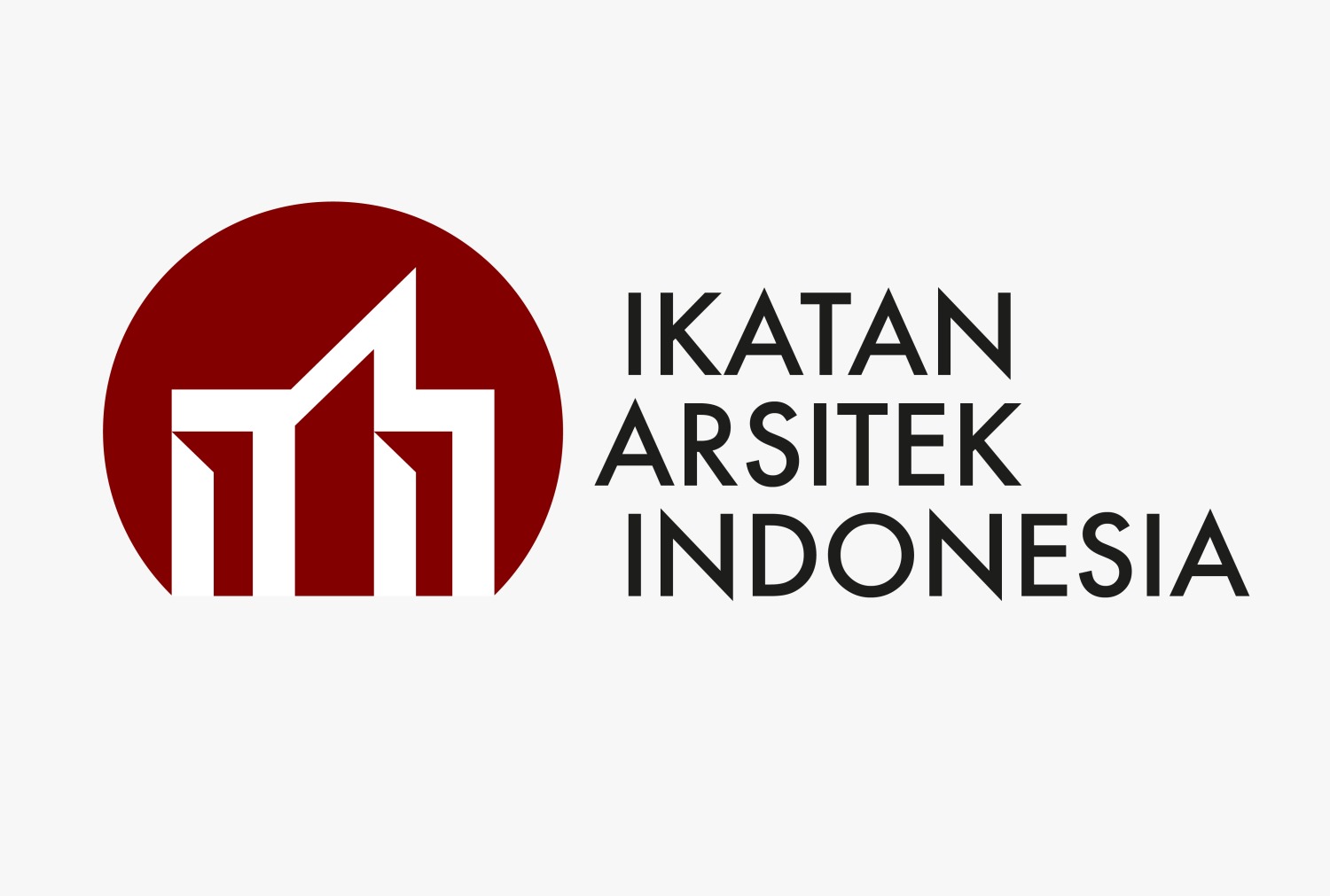DESA PARIWISATA BERORIENTASI SEBAGAI PENGEMBANGAN WILAYAH PERKOTAAN DENGAN PENDEKATAN HYBRID SPACE
DOI:
https://doi.org/10.31101/juara.v3i2.1582Keywords:
Temporary Shelter, Hybrid Space, Tourism Village,Abstract
Downloads
References
Ahmed, I., & Jahan, N. (2013). Rural Tourism-Prospects in Rustic Bengal. 5(16), 163–172.
Alavesa, P. (2018). Playful appropriations of hybrid space : combining virtual and physical environments in urban pervasive games.
Carr, A., Ruhanen, L., & Whitford, M. (2016). Indigenous peoples and tourism: the challenges and opportunities for sustainable tourism. Journal of Sustainable Tourism, 24(8–9), 1067–1079. https://doi.org/10.1080/09669582.2016.1206112
Dimitrovski, D. D., Todorovic, A. T., & Valjarevic, A. (2012). Rural tourism and regional development : Case study of development. 14, 288–297. https://doi.org/10.1016/j.proenv.2012.03.028
Ghaderi, Z., & Henderson, J. C. (2012). Sustainable rural tourism in Iran: A perspective from Hawraman Village. Tourism Management Perspectives, 2–3, 47–54. https://doi.org/10.1016/j.tmp.2012.03.001
Kastenholz, E., Carneiro, M. J., Marques, C. P., & Lima, J. (2012).
Understanding and Managing the Rural Tourism Experience. The Case of a Historical Village in Portugal. Tourism Management Perspectives, 4, 207–2014.
Kastenholz, E., & Sparrer, M. (2009). Rural Dimensions of the Commercial Home. In P. A. Lynch, A. J. McIntosh, & H. Tucker (Eds.), The Commercial Home: International Multidisciplinary Perspectives (pp. 138–149). Routledge.
Klichowski, M. (2017). Learning in hybrid spaces as technology-enhanced outdoor learning: Key terms. CeiED | CULTURE & TERRITORY, January, 59–68.
Krasilnikova, E., & Klimov, D. V. (2016). The Main Design Principles of Hybrid Spaces in Terms of The Uban Planning Regeneration. Russian Journal of Linguistics, 21(1), 63–74. https://doi.org/10.22363/2312
Mahardika, G., & Sari, Y. K. (2016). Analisis Wisata Ziarah Makam Aulia Gunungpring dalam Perspektif Pariwisata Berkelanjutan. Gadjah Mada University.
Mathai, S. (2018). Exploring Hybrid Spaces through An Informal Science Learning Programme Research Area : Education Exploring Hybrid Spaces through An Informal Science Learning Programme Sindhu Mathai. August 2017.
Min, K., Yoon, M., & Furuya, K. (2019). A comparison of a smart city’s trends in urban planning before and after 2016 through keyword network analysis. Sustainability (Switzerland), 11(11). https://doi.org/10.3390/su11113155
Pasaribu, D. (2012). Menuju Pembangunan Kota yang Berkelanjutan. Kompasiana.
https://www.kompasiana.com/dave75/551797f4a33311d207b65e73/menuju-pembangunan-kota-yang-berkelanjutan
Pluta, K. (2012). Public Hybrid Spaces as a Component of Contemporary Cities. 11th CTV - Back to the Sense of the City, 157–172.
https://upcommons.upc.edu/bitstream/handle/2117/90405/CH 01 Pluta Katarzyna.pdf
Prastomo, A. D. (2015). Wayfinding sebagai Solusi Petunjuk Arah di Zona Wisata Ziarah Desa Gunung Pring Muntilan. Repository Unika. http://repository.unika.ac.id/3037/1/wayfinding di zona wisata ziarah Gunung Pring.pdf
Sanagustin-Fons, V., Lafita-Cortés, T., & Moseñe, J. A. (2018). Social perception of rural tourism impact: A case study. Sustainability (Switzerland), 10(2), 1–25. https://doi.org/10.3390/su10020339
Wölfel, M., Gehmann, U., & Zampella, M. (2014). Rethinking Interaction Design for Hybrid Urban Space.
https://static1.squarespace.com/static/50f5c859e4b083caad2ed6a0/t/542420a8e4b04e698dfff172/1411653800035/wolfel.pdf
Downloads
Published
How to Cite
Issue
Section
Citation Check
License
With the receipt of the article by the JUARA and the decision to be published, then the copyright regarding the article will be diverted to Journal of JUARA. Universitas 'Aisyiyah Yogyakarta as the publisher of Journal of JUARA hold the copyright regarding all the published articles in this journal.
Journal of Health Studies is licensed under a Creative Commons Attribution-ShareAlike 4.0 International License.




